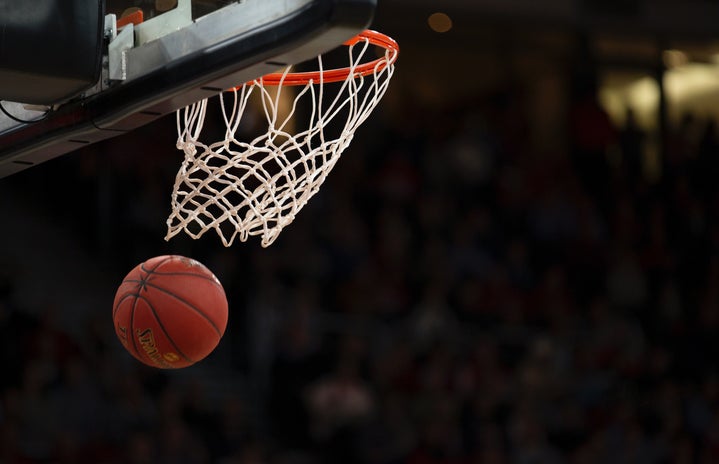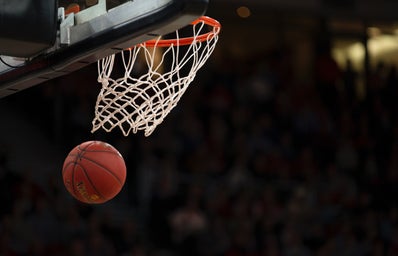With college basketball coming to a close upon the crowning of Baylor and Stanford as national champions in their respective tournaments, the NCAA’s glaring gender inequalities are especially cast in the spotlight.
As a lifelong basketball fan, I was saddened, yet not shocked when University of Oregon forward Sedona Prince’s TikTok was circulating regarding the massive disparities between what the female athletes were receiving versus what the male athletes were receiving as a part of the NCAA’s basketball tournaments.
This called into question not just resource inequities, but the broader ones between the two tournaments as well. From marketing, to even just general branding, women’s teams are treated like second-class citizens in comparison to the men’s athletes. One example can be seen directly in the courts. If you look at half court, the men’s tournament has the famous “March Madness” moniker, yet the women’s tournament is “NCAA Women’s Basketball.” Why is this problematic? March Madness is a generationally known phrase, and separating women completely from this is extremely intentional. Not only does this completely brand women’s athletes as the other but withholds an extremely powerful and well-known brand name from the women’s side, despite both the tournaments being essentially the same.

The very common response to this is that the women’s tournament doesn’t bring in as much revenue as the men’s tournament, and this is also often used as the rationale as to why there are differences in resources received between female and male athletes. Well, yeah, the NCAA makes sure of this with the blatant neglect of their female athletes. If you give a sport little to no coverage and give them the bare minimum resource-wise, how are they supposed to generate revenue?
But on top of this, this doesn’t apply in this situation whatsoever. The NCAA is a nominal not-for-profit organization that has a long history of not equating TV deal value with proper labor compensation. They make millions of dollars off of student-athletes, who aren’t given a single cent in return, and not to mention they have strict rules that don’t allow their athletes to profit off of their name or image. Their responsibility is supposed to be to student-athlete welfare and lifting up all sports, yet they’re clearly only motivated by revenue. There is no reason why these discrepancies should be happening, and it brings up an entirely different issue regarding the shadiness of the NCAA and the need to place them under Title IX restrictions.

What can we, as viewers, do in order to change this problem? Tune in to watch your favorite women’s team as much as you can, increase viewership and force athletic leagues to start paying better attention to their female athletes. Lastly, pay attention to your own biases. Do you not like women’s sports because they’re not interesting, or are you simply not paying attention? These are important things to examine and consider in order to finally achieve equality for female athletes.



